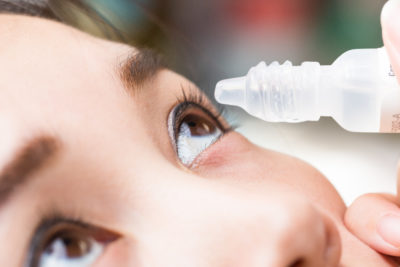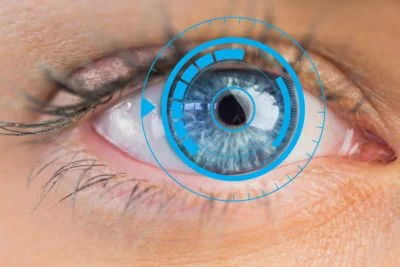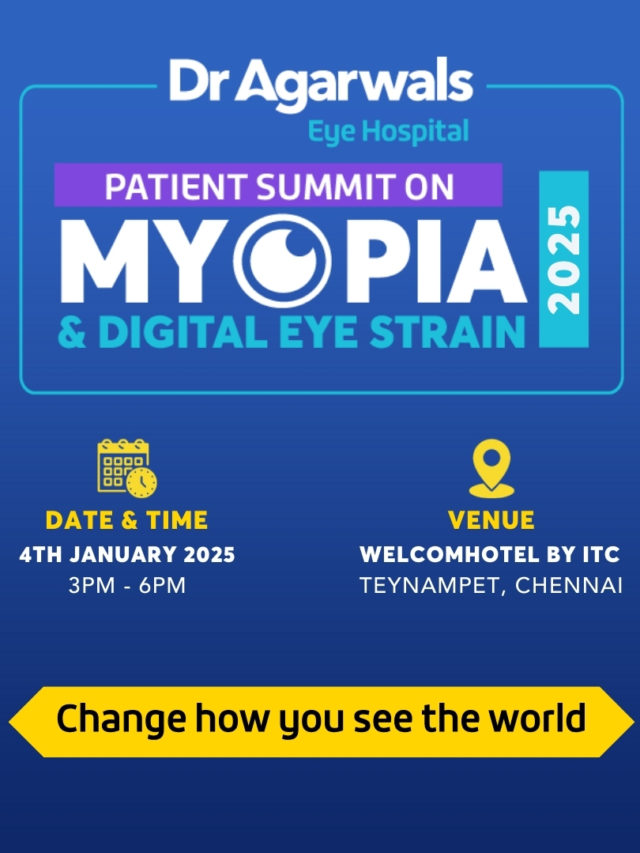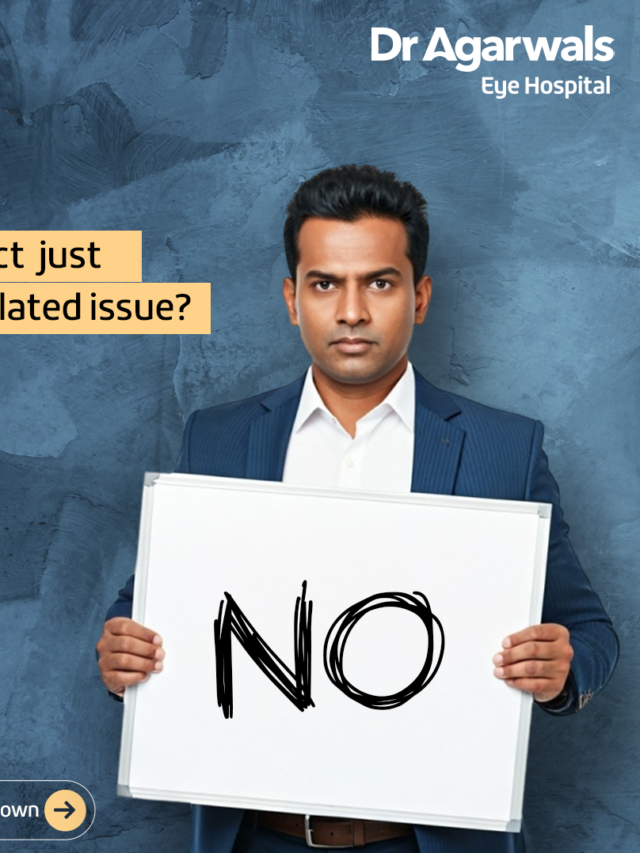Eye infections can be painful, irritating, and disruptive to daily life. Doctors often prescribe antibiotics to manage bacterial eye conditions, and one of the most effective is moxifloxacin eye drops.
These drops belong to the fluoroquinolone antibiotic group and are widely used worldwide for treating eye infections. This guide explains what moxifloxacin drops are used for, their benefits, dosage, safety precautions, and potential side effects, enabling patients and their families to make informed decisions about their treatment.
Introduction: Understanding Moxifloxacin Eye Drops
What Are Moxifloxacin Eye Drops?
Moxifloxacin eye drops are a 0.5% ophthalmic antibiotic solution that kills bacteria responsible for eye infections. Classified as fluoroquinolones, they stop bacterial growth by interfering with DNA replication.
Marketed under brand names like Vigamox and Moxeza, they are widely prescribed. The most common uses of moxifloxacin eye drops include managing bacterial conjunctivitis, also called “pink eye,” and other bacterial infections affecting the cornea or conjunctiva.
When Are They Prescribed?
Doctors usually recommend moxifloxacin drops when eye redness, discharge, pain, or swelling is linked to a bacterial cause.
The most frequent use of moxifloxacin eye drops is for bacterial conjunctivitis, though they may also be prescribed for keratitis, corneal ulcers, or post-surgical prophylaxis. As an ophthalmic solution 0.5% w/v, it is effective for patients over four months of age.
How Do Moxifloxacin Eye Drops Work?
Mechanism of Action
The mechanism of action of moxifloxacin eye drops involves blocking essential bacterial enzymes called DNA gyrase and topoisomerase IV. These enzymes help bacteria replicate their DNA. Without them, the bacteria cannot multiply, and the infection clears.
Benefits of Using Moxifloxacin Eye Drops
There are several moxifloxacin eye drops benefits. They quickly reduce pain, irritation, discharge, redness, and swelling. Patients often notice relief within a day or two. Another advantage is the broad-spectrum activity against many bacterial strains, reducing the need for multiple antibiotics.
Dosage and Proper Use: Getting the Dose Right
Recommended Dosage
The standard moxifloxacin eye drops dosage for adults and children aged four months or older is one drop in the affected eye(s) two or three times daily for a period of seven days. Always follow your doctor’s instructions.
Step-by-Step Instructions for Applying Eye Drops
Knowing how to use moxifloxacin eye drops properly ensures maximum benefit:
- Wash your hands thoroughly.
- Tilt the head back and gently pull down the lower eyelid.
- Instill one drop into the pocket formed.
- Close the eye and press the inner corner for 1-2 minutes to prevent drainage.
- Avoid touching the dropper tip to the eye or hands.
Importance of Completing the Full Course
Even if symptoms improve quickly, patients should complete the full prescribed course. Stopping treatment too early may allow bacteria to survive, causing the infection to return or for the bacteria to become resistant to moxifloxacin drops.
Who Should and Should Not Use Moxifloxacin Eye Drops?
Suitable Candidates
Moxifloxacin eye drops are safe for most adults and children older than four months. They are prescribed for bacterial infections and occasionally after eye surgery to prevent secondary infection.
Contraindications and Precautions
Some groups should be cautious when using moxifloxacin eye drops:
- Individuals allergic to quinolone antibiotics.
- Pregnant or breastfeeding women.
- People wearing contact lenses should remove them during treatment.
- Anyone advised by their doctor to avoid fluoroquinolones.
Always follow the ofloxacin eye drops precautions to ensure safe use.
Common and Serious Side Effects
Common Side Effects You May Notice
Like all medications, moxifloxacin eye drops have side effects. The most frequent include mild eye irritation, temporary burning or stinging, redness, or dryness. These usually resolve without intervention.
When to Seek Medical Help
Severe side effects of moxifloxacin eye drops are rare but require urgent medical attention. Warning signs include rash, swelling around the eyes, breathing difficulty, severe pain, vision changes, or if infection symptoms worsen or persist beyond seven days.
Safety Tips to Get the Best Results
Hygiene and Contact Lenses
Always wash your hands before applying moxifloxacin drops. Contact lenses should not be worn during active infection. After recovery, lenses must be sterilised or replaced to prevent reinfection.
Storing and Handling the Medication
Moxifloxacin eye drops are safe when handled correctly. Store at room temperature between 2°C-25°C or in the refrigerator if recommended. Discard the bottle four weeks after opening. Keep away from children.
Avoiding Drug Interactions
There are no major food or drink interactions reported with moxifloxacin drops, but inform your doctor about all other medications, including herbal supplements, before starting treatment.
Alternatives and Comparisons
Comparison With Other Antibiotic Eye Drops
When comparing moxifloxacin vs ofloxacin eye drops, both belong to the fluoroquinolone group. However, moxifloxacin has broader bacterial coverage and is often preferred for resistant infections. In ciprofloxacin vs moxifloxacin, the latter generally offers fewer doses per day, making it more convenient.
When to Consider a Different Treatment
Moxifloxacin drops are limited to bacterial infections. Viral infections (such as viral conjunctivitis) require alternative therapies. Prolonged or repeated use of moxifloxacin eye drops may lead to resistance or drug-related corneal pigment epithelial erosion, so that other treatments may be necessary.
Conclusion
Moxifloxacin eye drops are a trusted treatment for bacterial eye infections such as conjunctivitis. They work by stopping bacterial growth, offering quick relief from redness, pain, and discharge. Knowing the correct moxifloxacin eye drops dosage, proper application technique, and potential moxifloxacin eye drops side effects is crucial for safe use.
While the medication is highly effective, patients must follow their doctor’s advice, complete the full course, and attend follow-up appointments if symptoms persist. Alternatives exist, but for many patients, moxifloxacin drops remain the first choice. If you suspect an eye infection, always consult an ophthalmologist to determine whether moxifloxacin eye drops are right for you.










